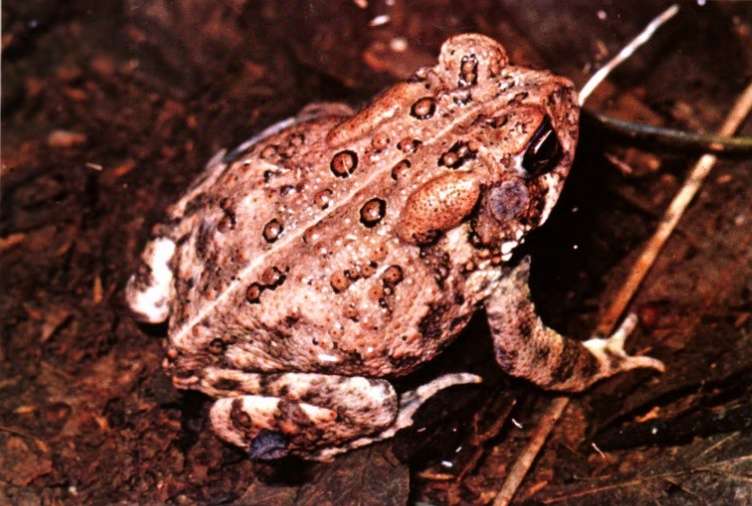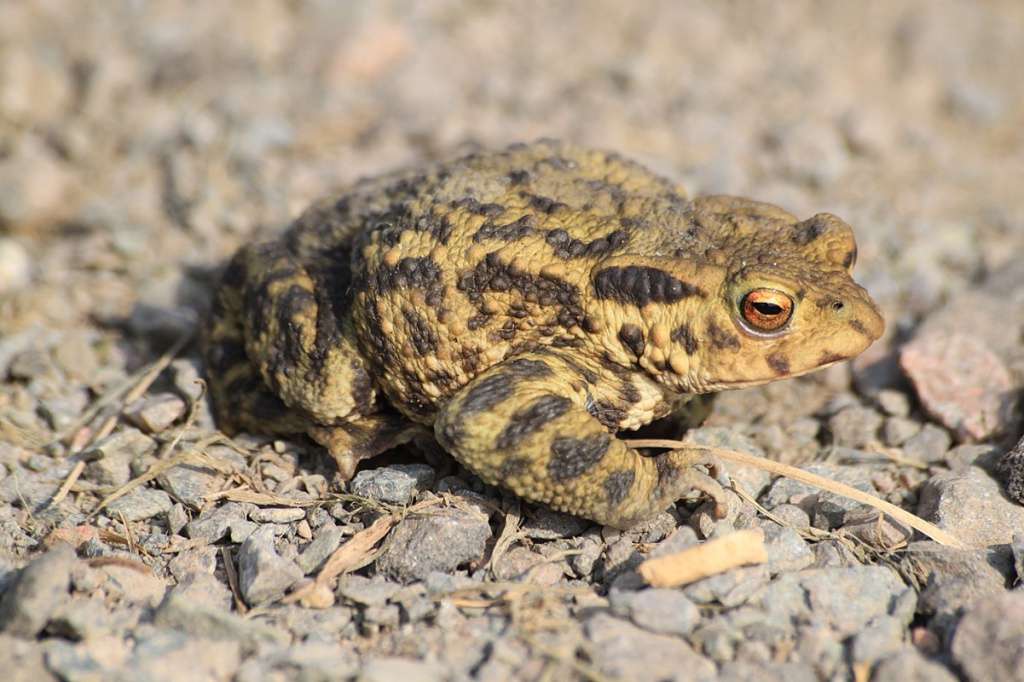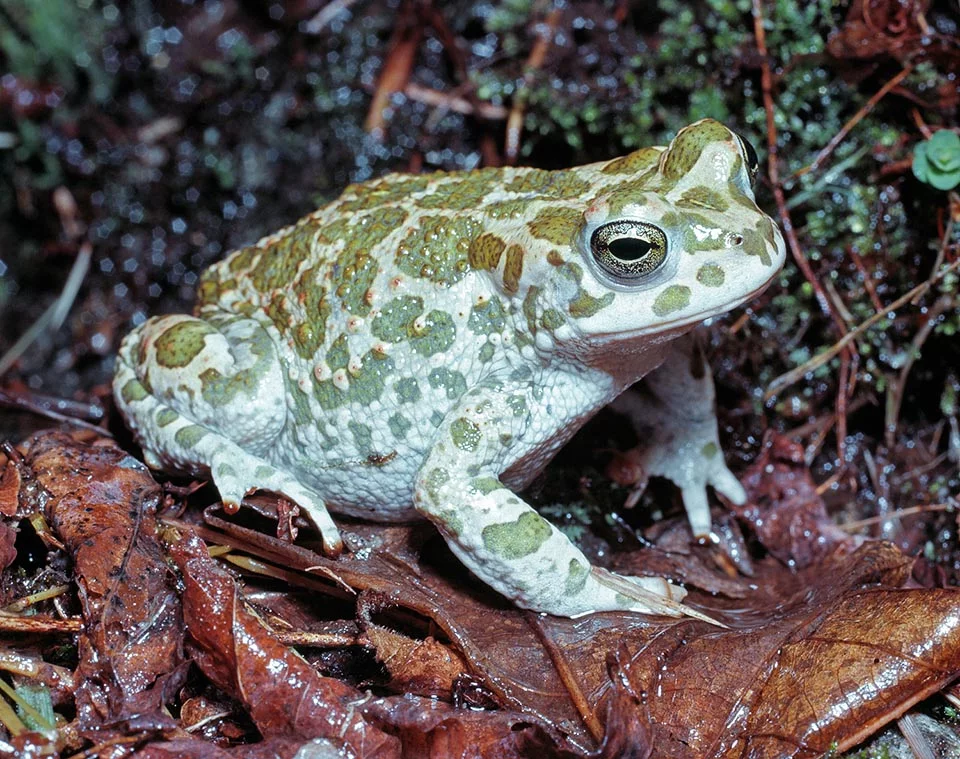
Anaxyrus houstonensis is an amphibian that is considered to be endangered and is native to Texas in the United States considered to be endangered. The late 1940s saw the discovery of this toad, and 1953 saw its naming. It was listed as endangered under the United States Endangered Species Act as the first amphibian. Their species continues to face threats from habitat loss, high drought, and destructive wildfires every day.
Habitat
Only a very tiny area in southeast Texas is home to Houston. This species has been found west of Bastrop County, east of Liberty County, south of Fort Bend County, or north of Burleson County since its discovery in 1953. Tadpoles can be found in stagnant pools that are at least 2 months long. Adults are present in sandy soils and favor forested places with patches of open grass interspersed. Along the shore, they can be found in plains. They are seldom far from water in these settings, and at the season of breeding, they are virtually always seen close to ponds and rain pools.
Appearance
Houston toads’ upper portion is typically light brown in appearance, though it can occasionally be reddish. There are varying numbers of dark brown or black specks on it. The underside is typically highly mottled and has a cream tint. In the pectoral region, there is always at least one brown spot. Tadpoles measure 13.7–22 mm in length. The upper 75% of tadpoles’ tails and their bodies are strongly colored.

Diet
The main food source for adults is ground beetles, however they have also been observed eating ants and smaller toads. They use both aggressive search and sit-and-wait techniques to catch their prey. A. houstonensis uses its strong hind legs to first dig a tiny dip in the ground for the sit-and-wait technique. The toad then lies down in the dip and looks around for any motion. B. Houstonensis jumps forward and catches its prey in its mouth when it detects prey. Numerous depressions are dug nearby and then abandoned throughout the day.
Reproduction
Near ponds or shallow pools of water, mating takes place at night. Twenty minutes before dusk, males start making mating calls while still within their burrows. They start traveling toward a breeding pond after ten minutes and arrive there between dusk and midnight.
The male stays clamped to the female for at least six hours after the female has made her choice of mate. In comparison to females, males take one year to reach sexual maturity. Normally, men and females both reproduce for two breeding seasons.
Not Keeping as a Pet, Why?
Due to the limited toad numbers and the fact that these toads are an endangered species, it is advised to avoid keeping one as a pet in order to avoid interfering with crucial efforts to support the populations through mating.
Table





